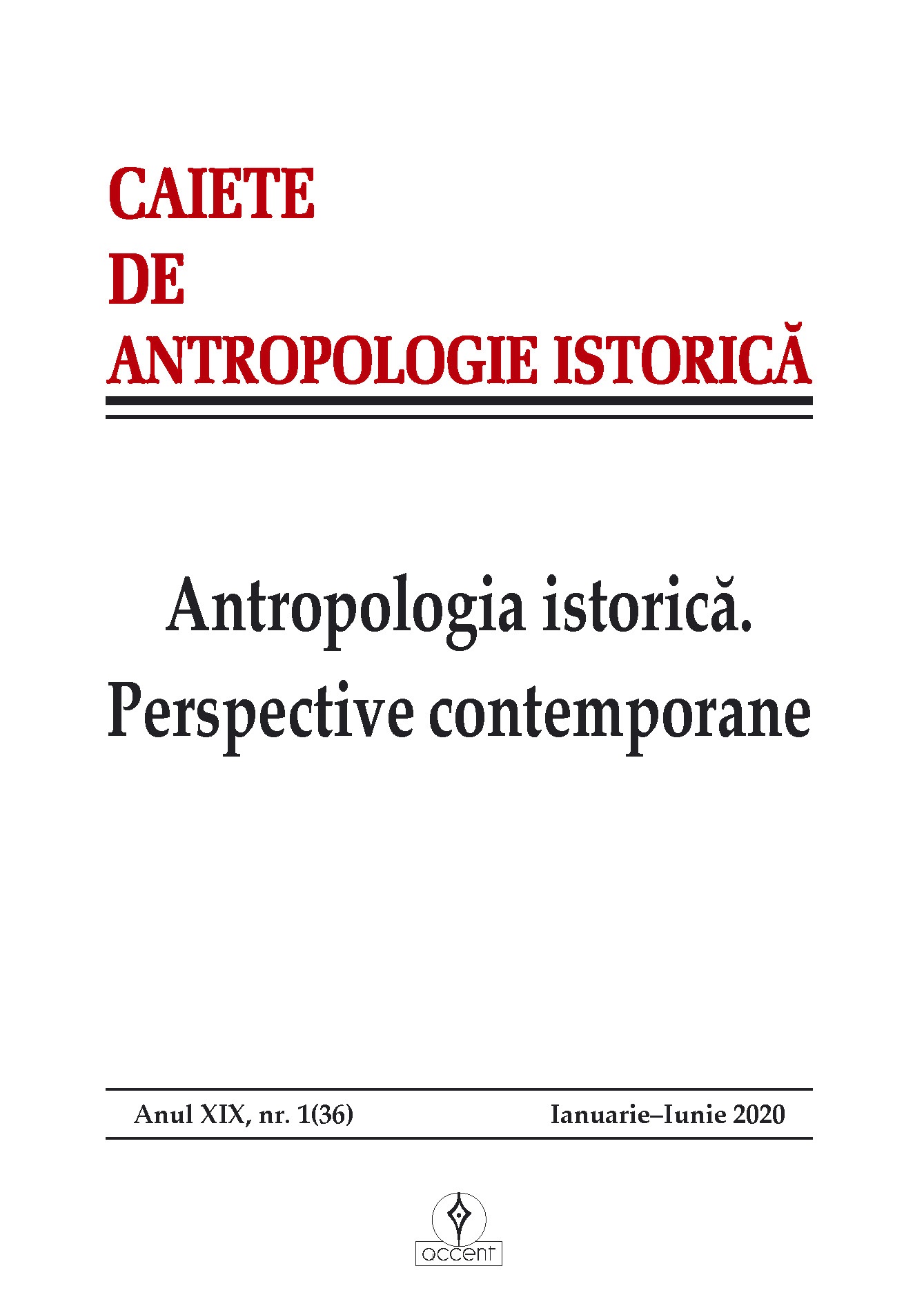Regimurile totalitare și imaginarul corpului: repere pentru o antropologie comparată
Totalitarian Regimes and the Imaginary of the Body: Landmarks for a Comparative Anthropology
Author(s): Alexandru-Florin PlatonSubject(s): History of ideas, Political history, Cultural Anthropology / Ethnology, History of Communism, Fascism, Nazism and WW II
Published by: Accent Publisher
Keywords: body imaginary; ideologies; totalitarianism; the new man; communism;
Summary/Abstract: The ideological horizons of fascism, Nazism and communism have specifically capitalized on the imaginary of the political body. The imaginary of the body in totalitarian regimes meant a process of recovery and adaptation, in specific ideological devices, of body images and representations from the past.The claim of totalitarian regimes to abolish the old social divisions has resulted in the imposition of monolithic figures of unity and power: people, nation, party, leader. While in fascist Italy the distinction between the political body and Benito Mussolini was annulled, in Nazi Germany the political body was personalized, colonized by the imaginary of the race. The eugenics of Nazism sought the creation of the Aryan man, with perfect physical, intellectual and moral traits. The imaginary of the body in the communist imaginary has its peculiarities. The new communist man evokes, to a certain extent, a state of consciousness, considered superior, attached to a strong and energetic body, which suggests vitality and power of work. Lenin and Stalin were the embodiment of power and genius, their representations being associated with worship by the people. In the communist period, the image of the physical body is explicitly translated into the cult of personality.
Journal: Caiete de Antropologie Istorică
- Issue Year: 2020
- Issue No: 36
- Page Range: 41-60
- Page Count: 20
- Language: Romanian

